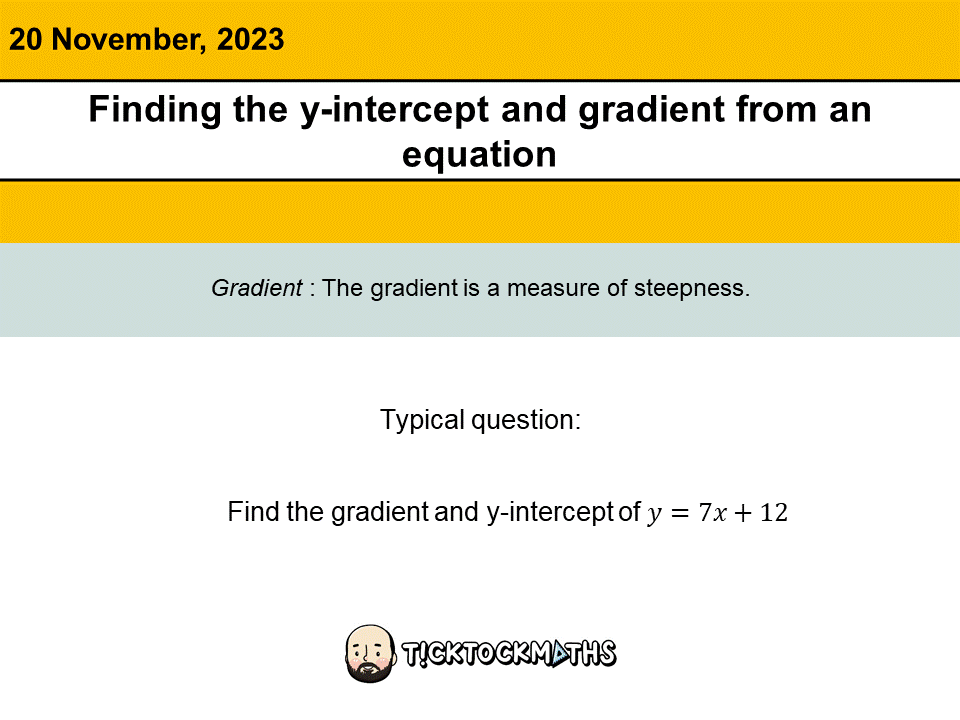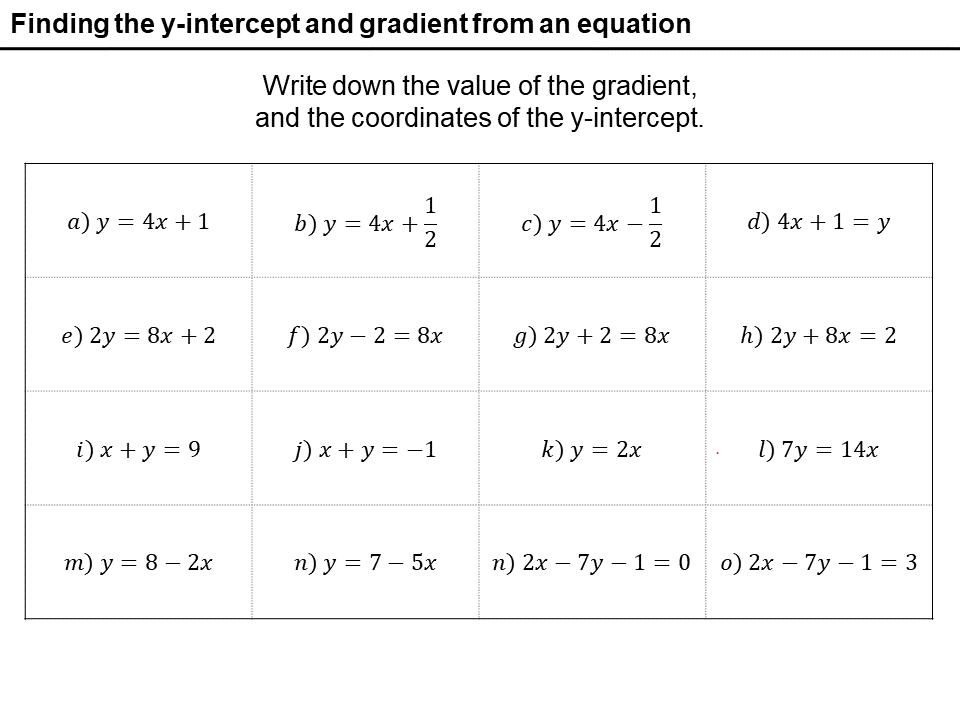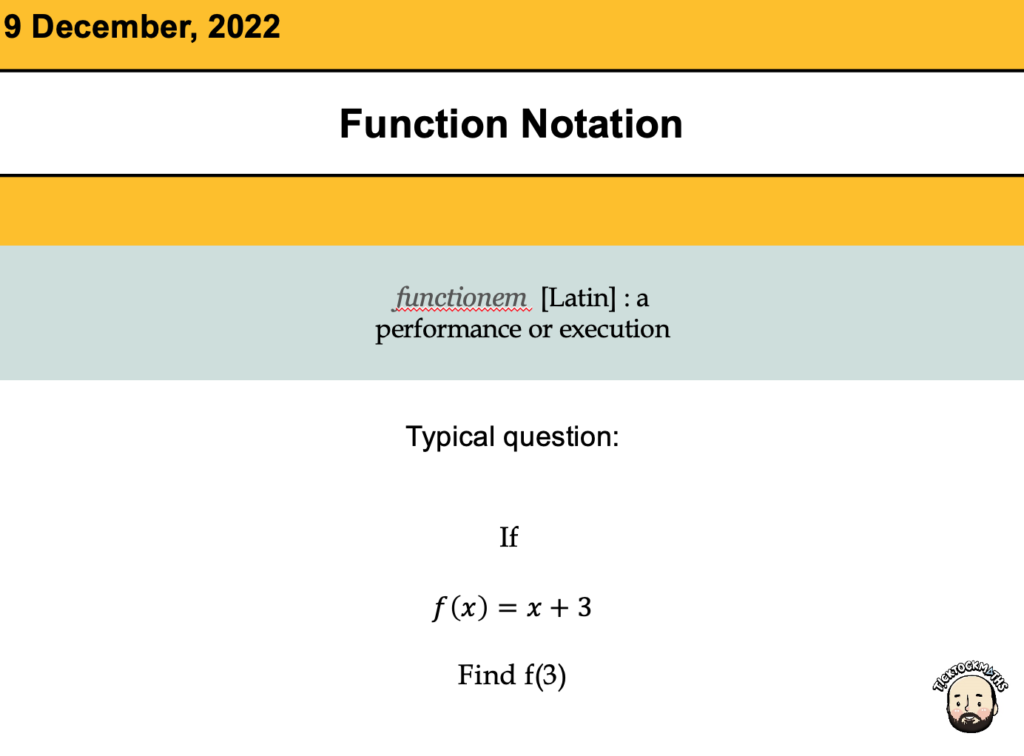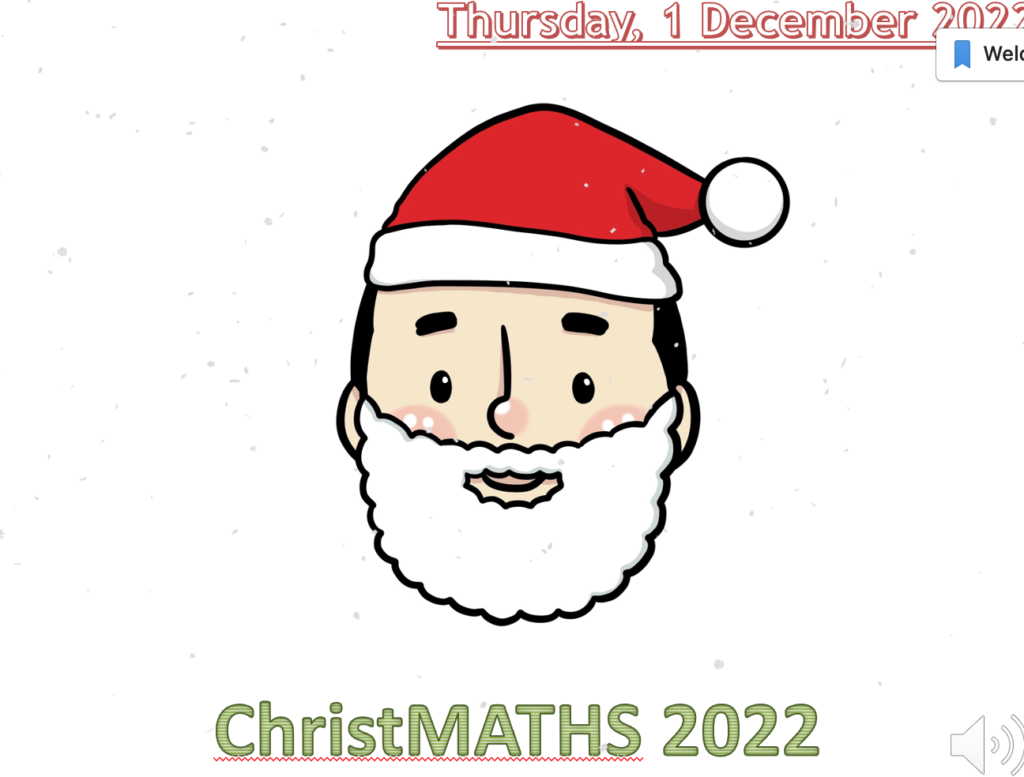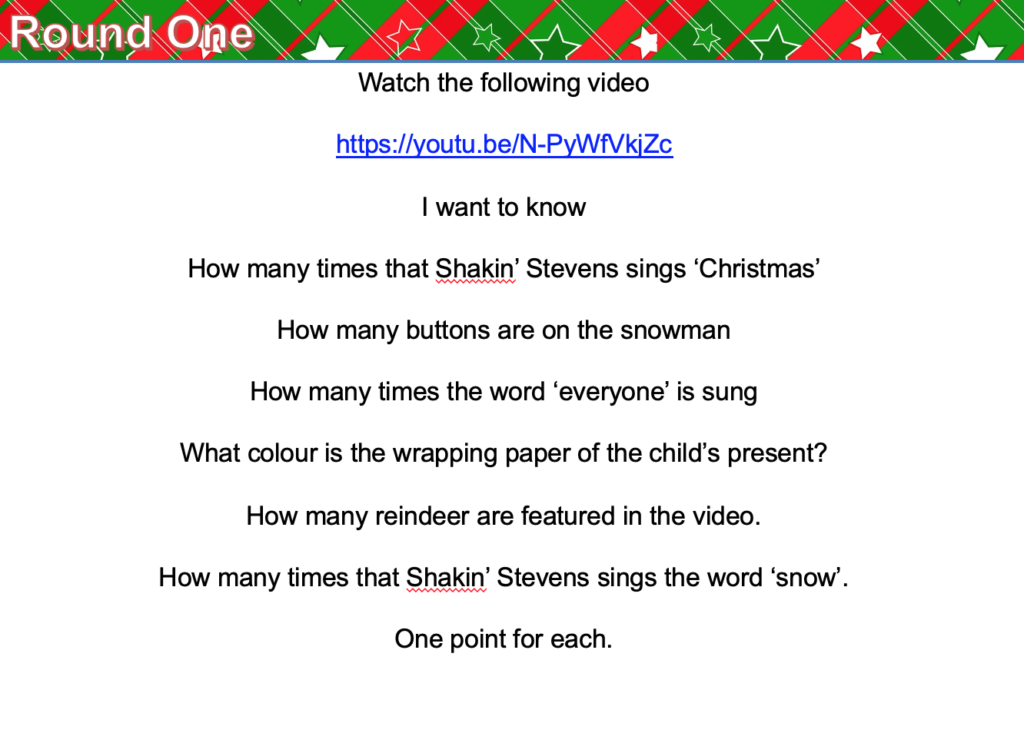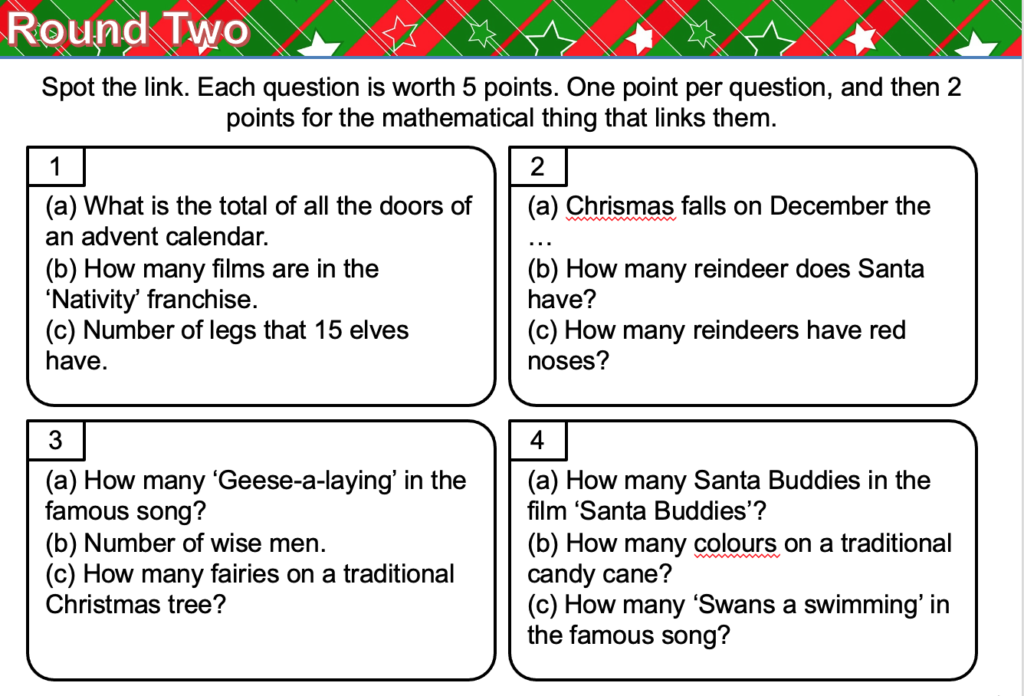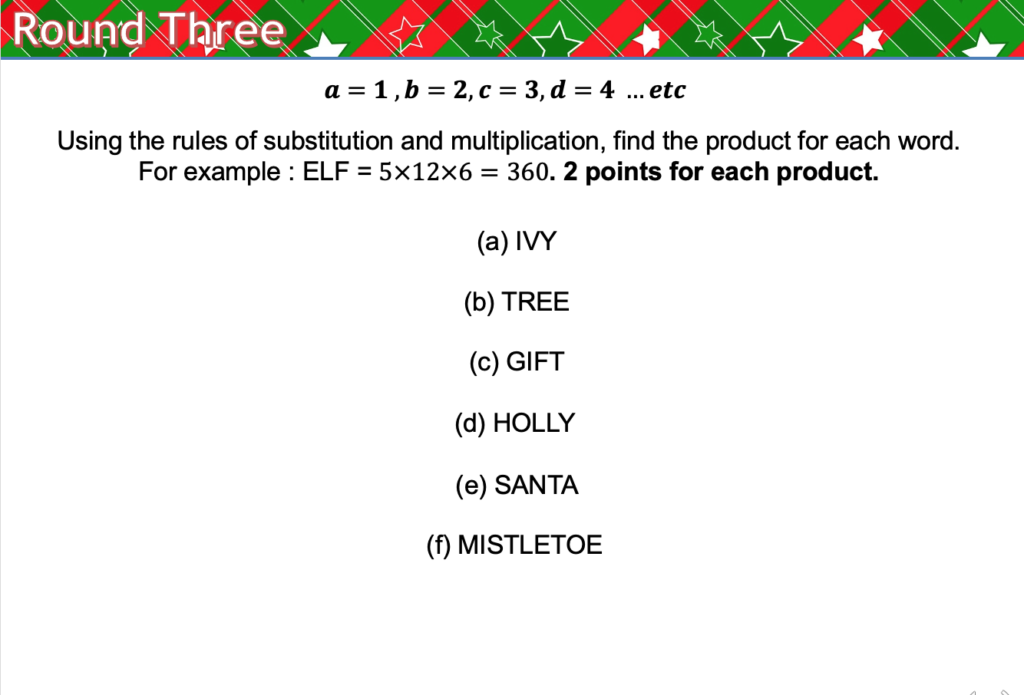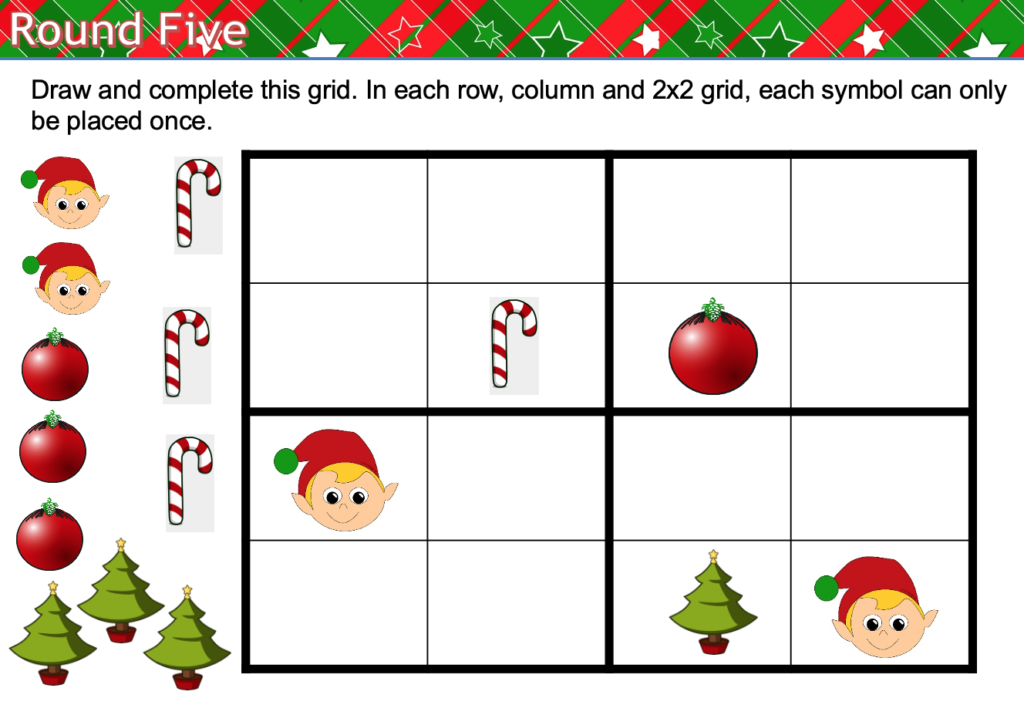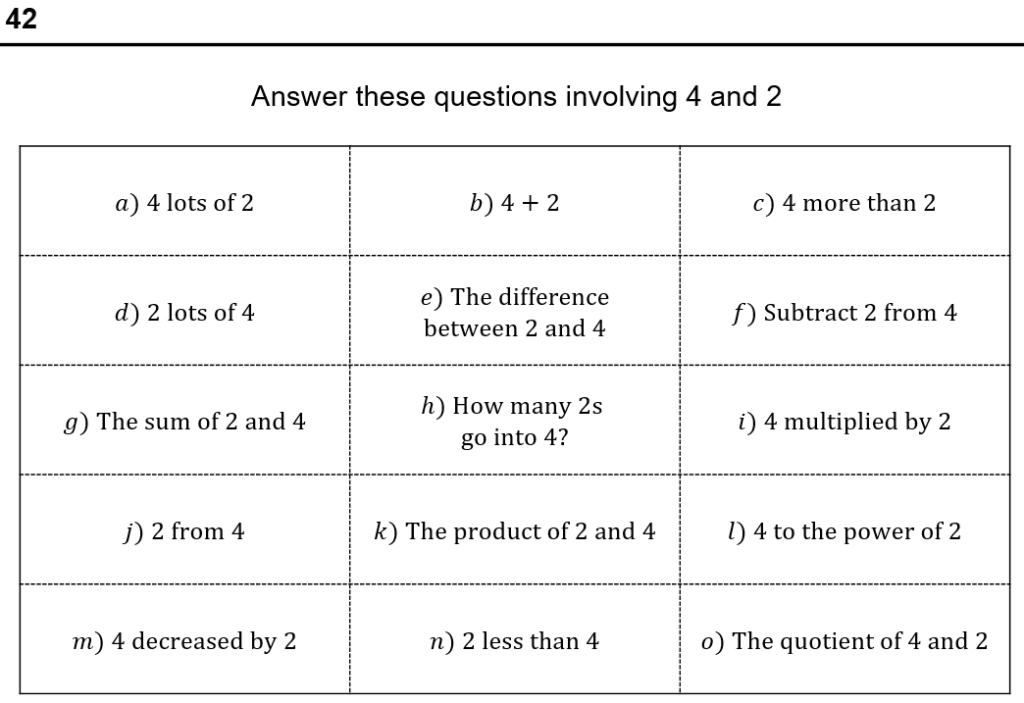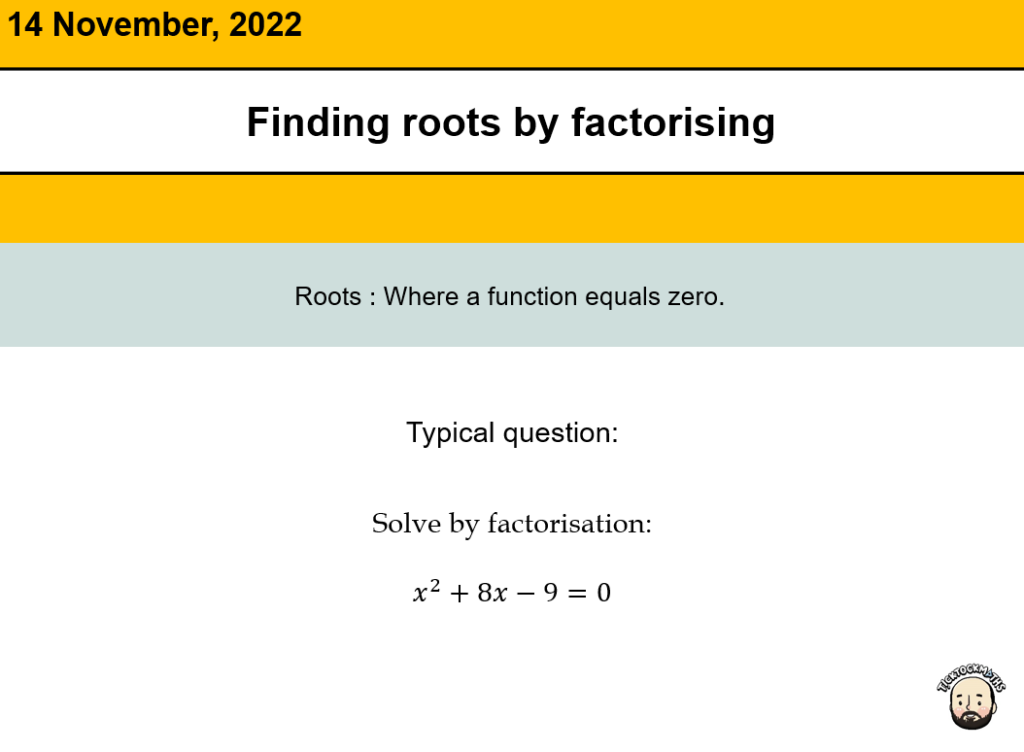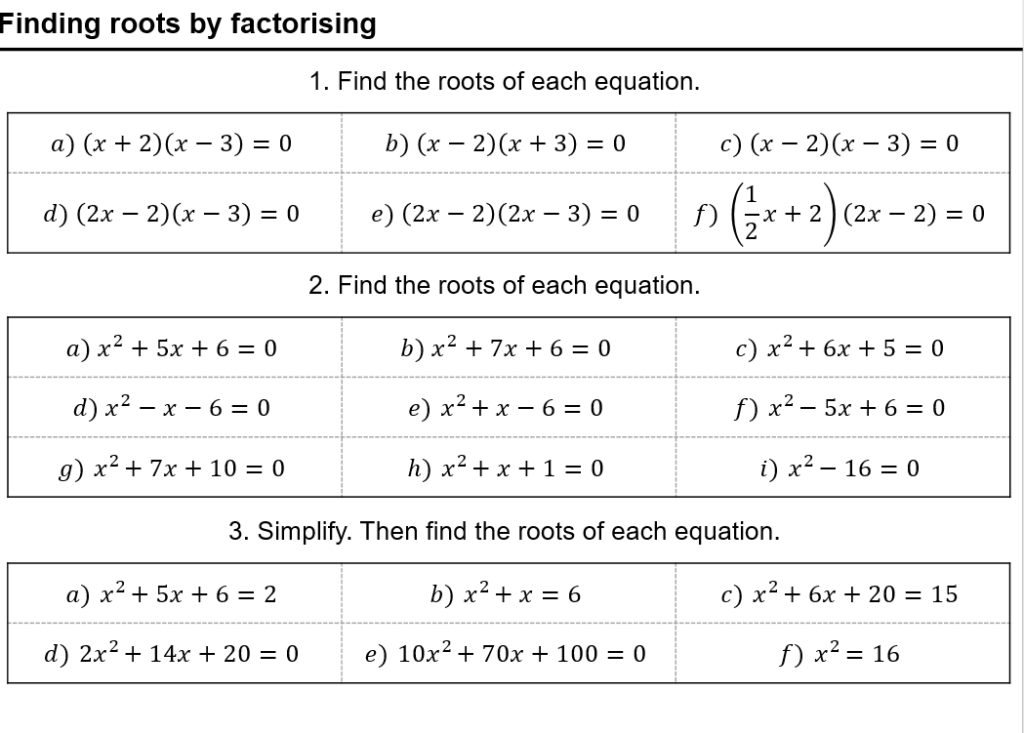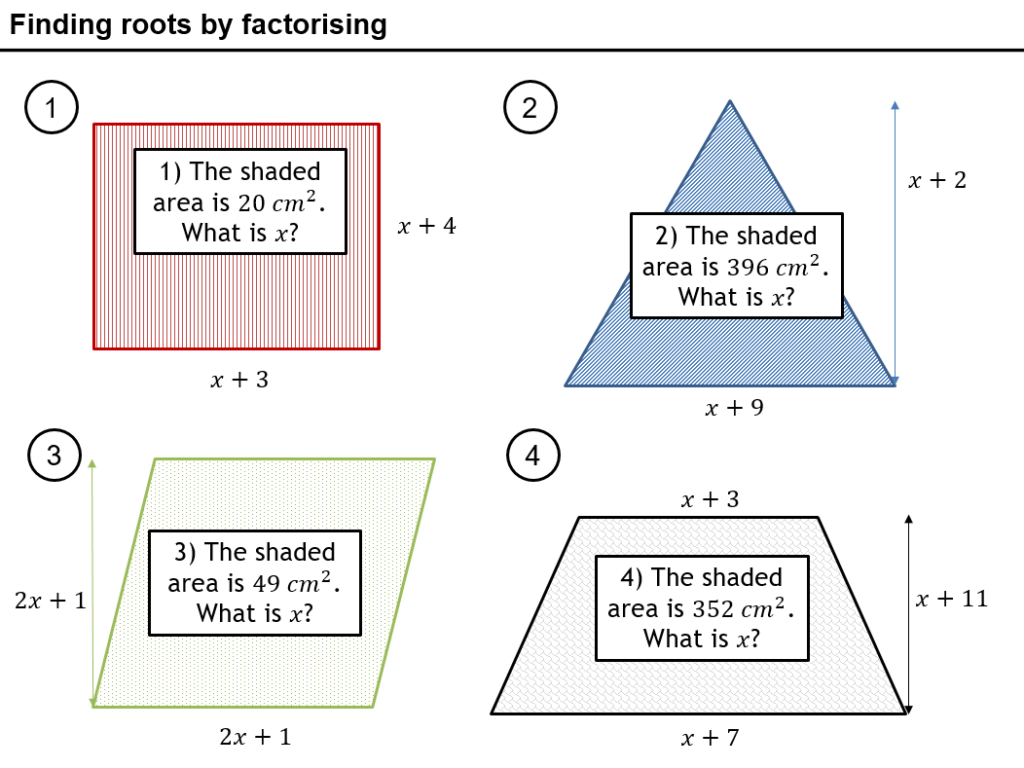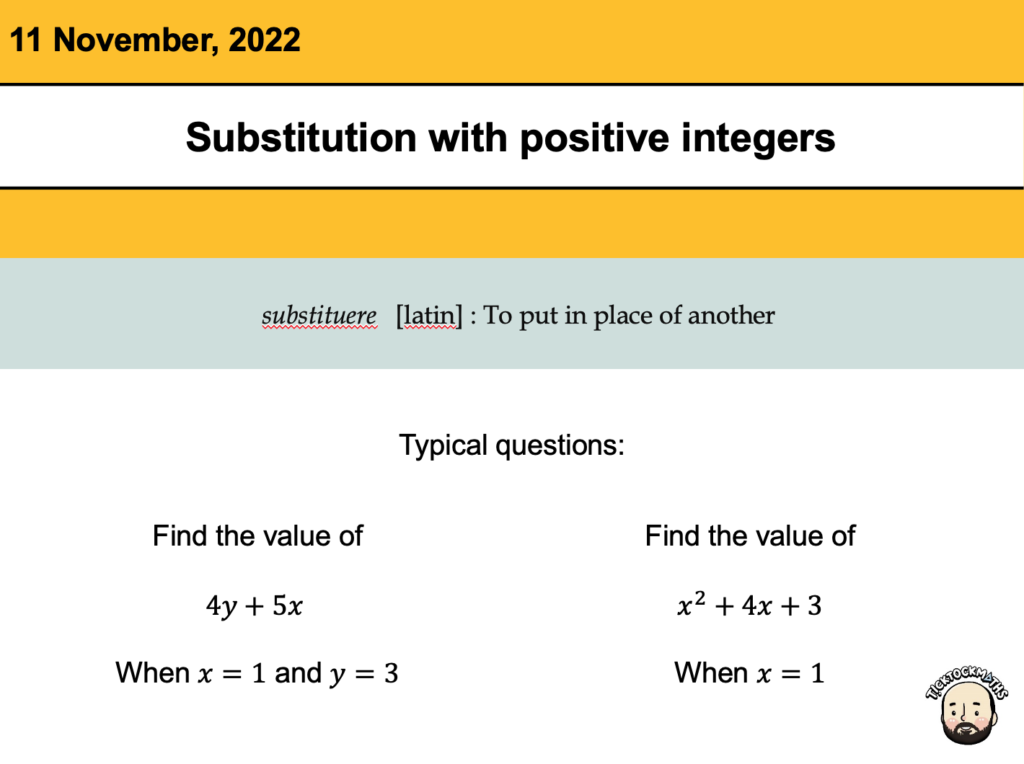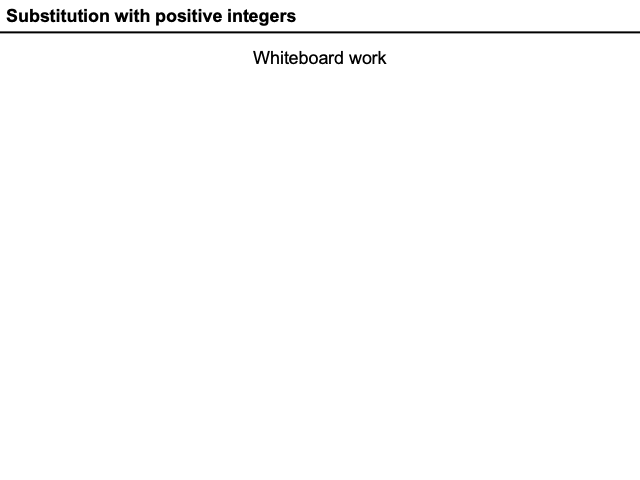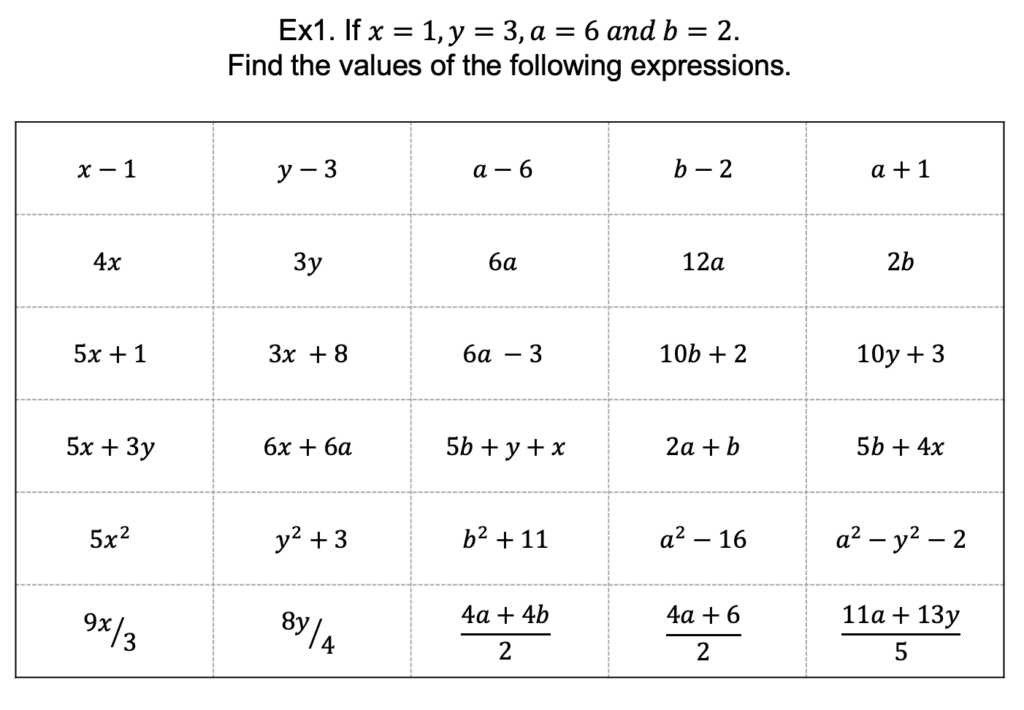
I’ve been avoiding putting this one up for a while, because I couldn’t think of any decent questions and this lesson is a bit all over the place. But it might be useful for someone. I swing between it not covering enough and it covering too much.
It starts with a variation theory thing on saying if a piece of data is discrete or continuous.

Then there’s some finding the mode from a frequency table example problem pairs and 4 (!!!) questions.

That’s my issue here. 4 questions isn’t enough. But I also couldn’t really think of any way to extend this and make it interesting. If you’ve got any ideas, tweet me @ticktockmaths, because really I could do with some more questions here.
Then there’s some example problem pairs on grouped frequency tables, and again, not enough and not interesting enough questions.

Then a plenary. Again, there’s not enough interesting here. Please get in contact if you can jazz this up.
Happy new year.
Rich

